Healthy Eating and Physical Activity Tips for Older Adults
Nourishing Our Body During Every Phase of Life
March is National Nutrition Month, an initiative led by the Academy of Nutrition and Dietetics. This year’s theme is focused on fueling the future: how we can nourish our bodies during every phase of our lives while also focusing on sustainability and protecting the environment.
All of us need a reminder to pause and assess our eating and physical activity habits, particularly as the winter season draws to a close. We have gathered some tips from the National Council on Aging that can help you focus on healthy eating.
- Look for important nutrients. You may hear the phrase, “Eat the rainbow!” If you are eating a variety of foods—lean protein, fruits and vegetables, whole grains, and low-fat dairy—you should see many different colors on your plate. For a quick guide, use the MyPlate tool from the U.S. Department of Agriculture.
- Start reading nutrition labels. This can help you select foods that are lower in fat, have less added sugars, and are lower in sodium.
- Learn appropriate serving sizes. The American Heart Association has a guide to help you understand the recommended servings from each food group.
- Stay hydrated. A major part of nutrition is simply consuming enough water on a daily basis. Always consult with your doctor, but generally, you should avoid fluids that are high in sugar and salt.
- Utilize programs for older adults. Take advantage of the Supplemental Nutrition Assistance Program (SNAP) to help you purchase healthy food options. Approximately 3 out of 5 seniors who qualify for SNAP are missing out on its benefits—and the average annual benefit is $1,248.
If you have questions about local resources that exist to help you or your loved one, please reach out to our team for more information.


